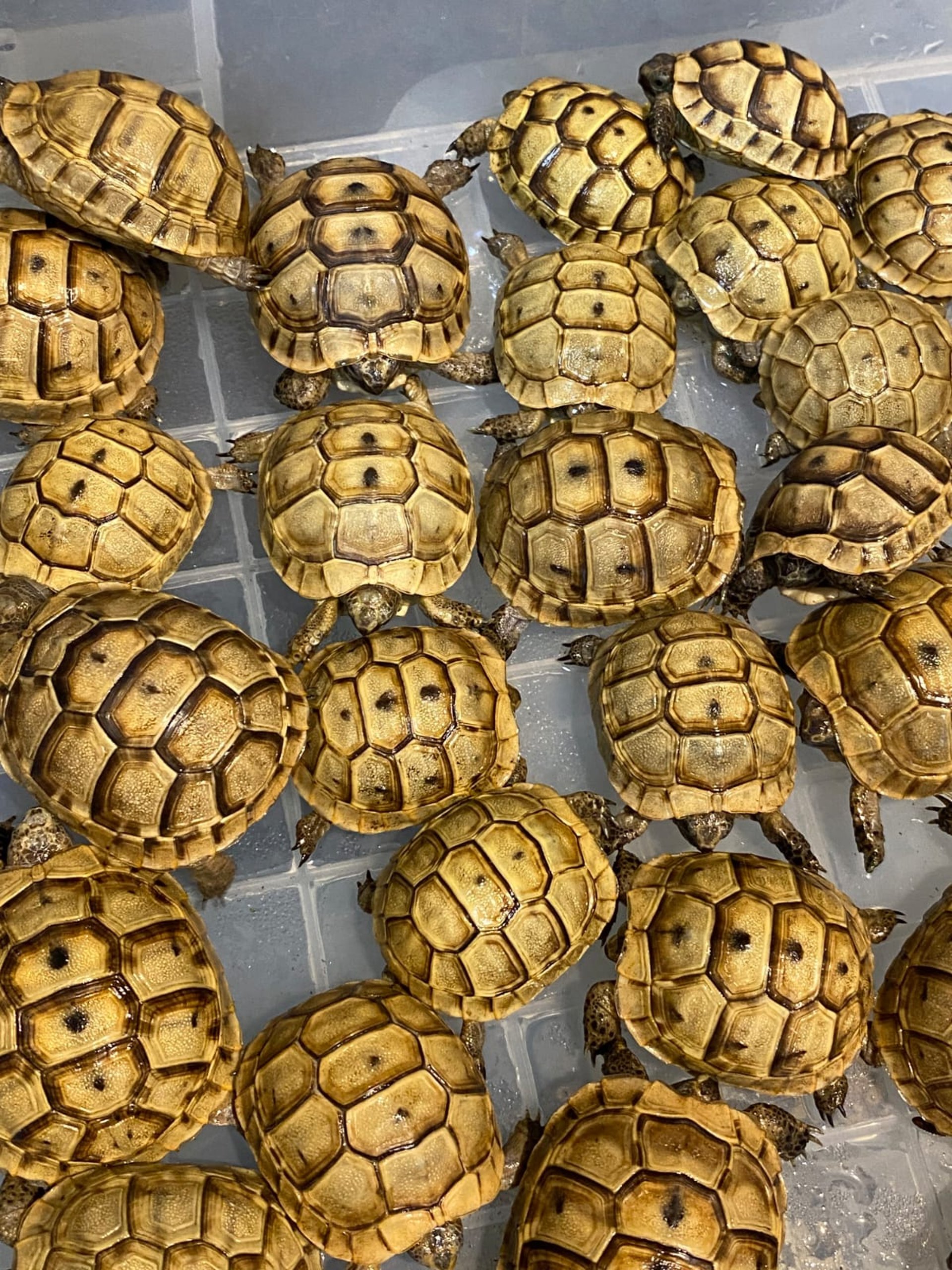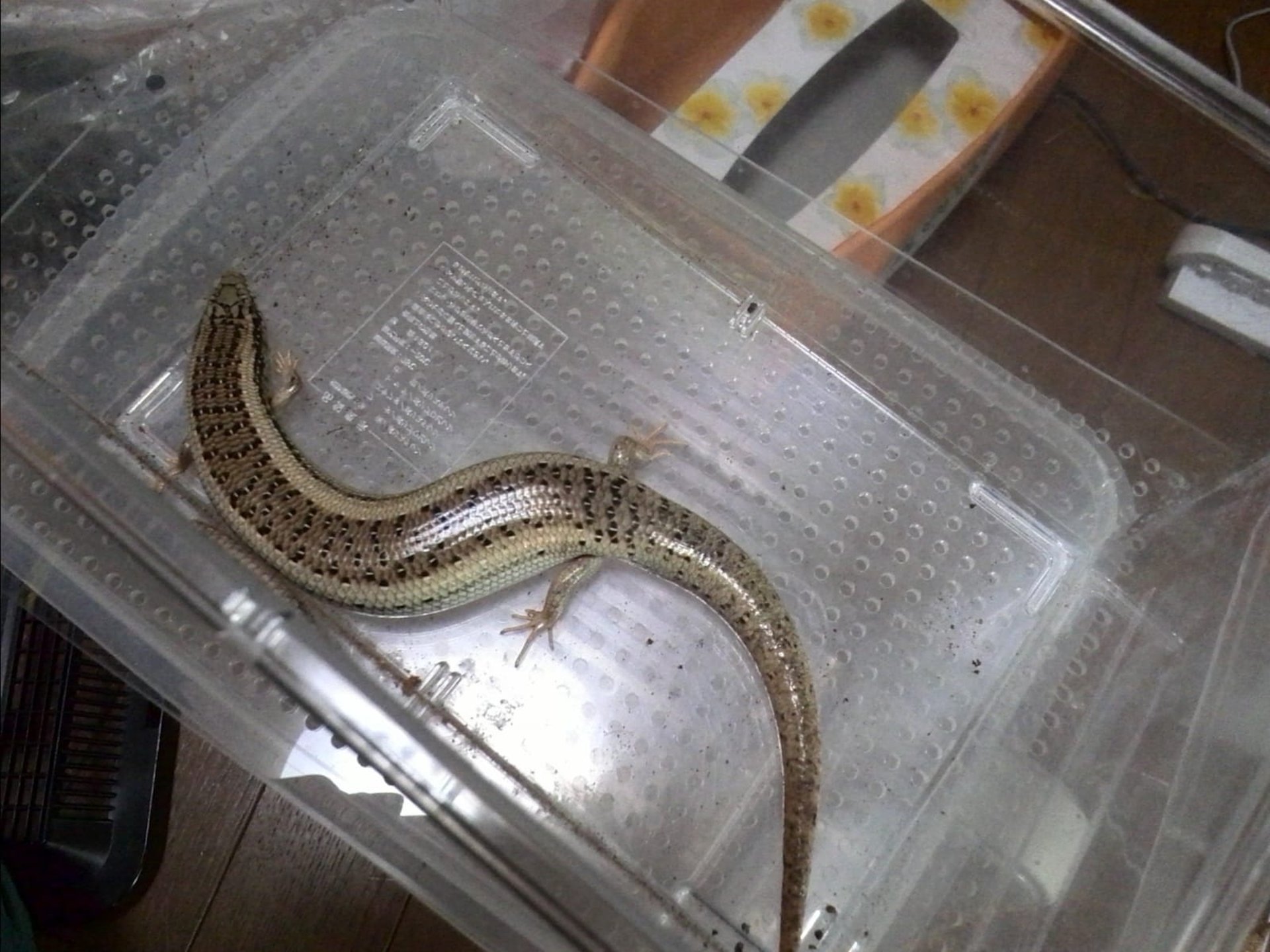
Egyptian chalcides ocellatus Export
Exploring the Ocellated Skink: Habitat, Characteristics, and Importance
10/8/20252 min read
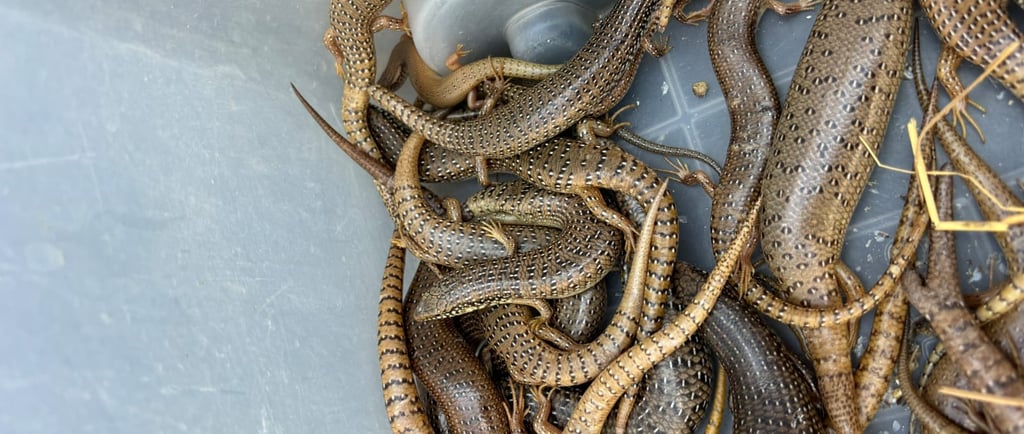

the Ocellated Skink
The chalcides ocellatus elzaeem Export for Egypt, known as the ocellated skink or eyed skink, is a fascinating reptile that captures the interest of herpetologists and nature enthusiasts alike. This species belongs to the family Scincidae and has earned its name due to the distinctive eye-like markings on its body, which serve as camouflage against predators. The ocellated skink is primarily found across North Africa, the Middle East, and parts of Southern Europe, showcasing a variety of ecological adaptations tailored to its environment.
Scientific Classification
When delving into the scientific classification of the ocellated skink, the term 'chalcides ocellatus' is paramount. Described by Forsskål in 1775, it falls under the genus Chalcides, which encompasses other closely related skink species. This reptile is part of a broader group that showcases remarkable diversity in physical traits and behaviors. Unlike its relative, Scincus scincus, the eyed skink presents a unique appearance characterized by flattened bodies and smooth scales, which facilitate movement across rocky terrains.
Distribution and Habitat Preferences
The geographical distribution of the ocellated skink spans several countries, including Egypt, Libya, Algeria, Tunisia, and Morocco, extending into Southern Italy, Greece, Turkey, and even parts of the Arabian Peninsula. The natural habitat of the ocellated skink typically includes dry, rocky, and sandy environments. These habitats provide essential conditions for thermoregulation and protection from predators. The skink's preference for warm and arid regions highlights its remarkable adaptability in surviving extreme climate conditions.
Behavior and Conservation
In addition to its physical characteristics, the ocellated skink is known for its unique behavior. It is mainly diurnal, actively foraging for food during daylight hours. Its diet consists predominantly of insects and small invertebrates, showcasing the skink's role in the ecosystem as both a predator and prey. As a species, the ocellated skink is not currently endangered; however, it faces challenges from habitat destruction due to urbanization and climate change. Conservation efforts are essential to ensure the continued survival of this species in its natural habitat.
Conclusion
In summary, the chalcides ocellatus, or ocellated skink, stands out for its distinctive features and adaptive behaviors. Recognizing its ecological role and understanding its habitat preferences pave the way for effective conservation strategies. As we continue to study and appreciate this remarkable species, we deepen our knowledge of biodiversity and the importance of reptilian creatures within their ecosystems.
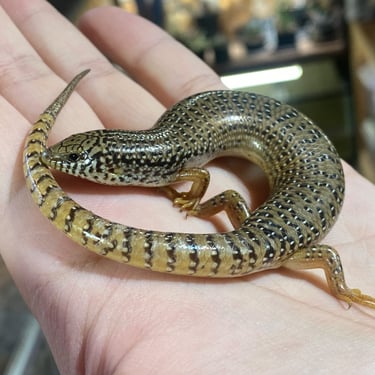
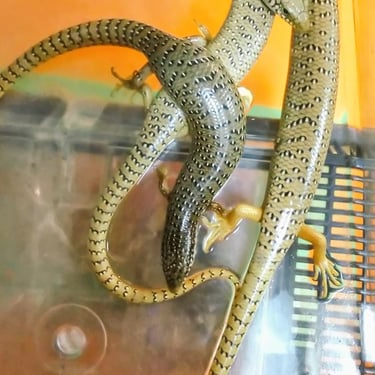
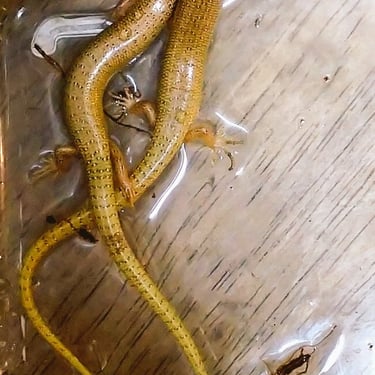
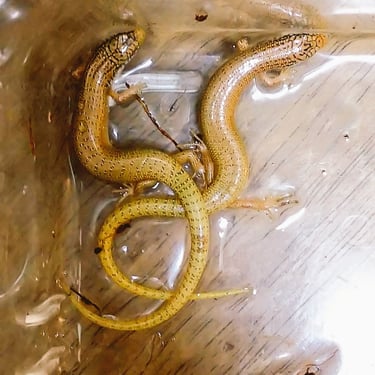
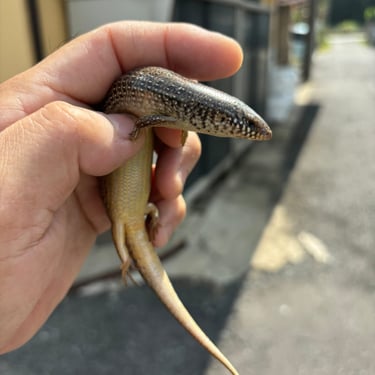

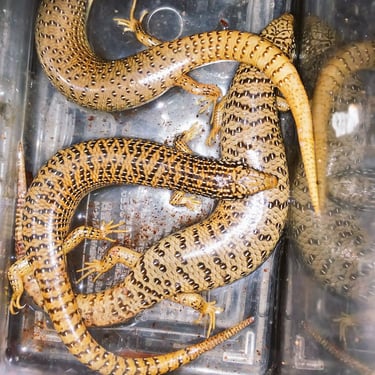
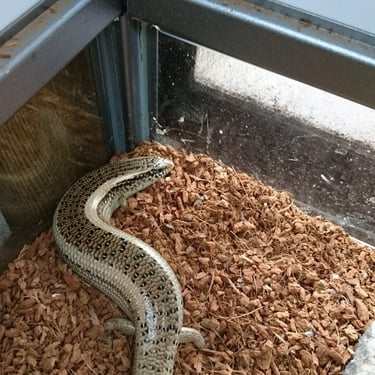
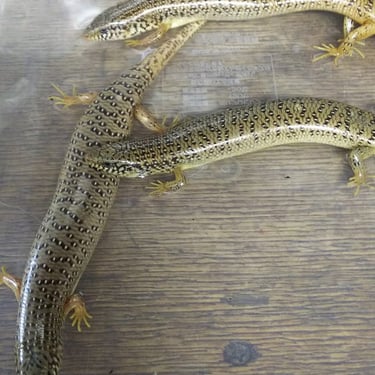
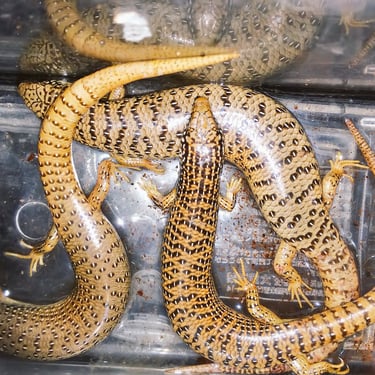

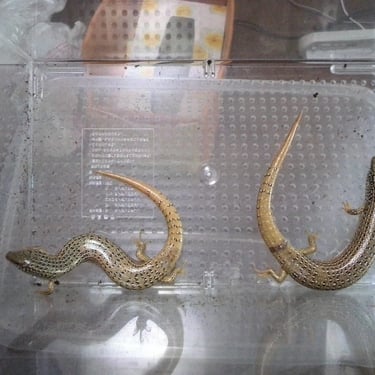

Get in Touch
Fill out the contact form below to send us your inquiries and receive detailed information about our services. We are here to assist you with any questions you may have and to guide you through our offerings. Your feedback is valuable to us and will help us improve our services to better meet your needs.
